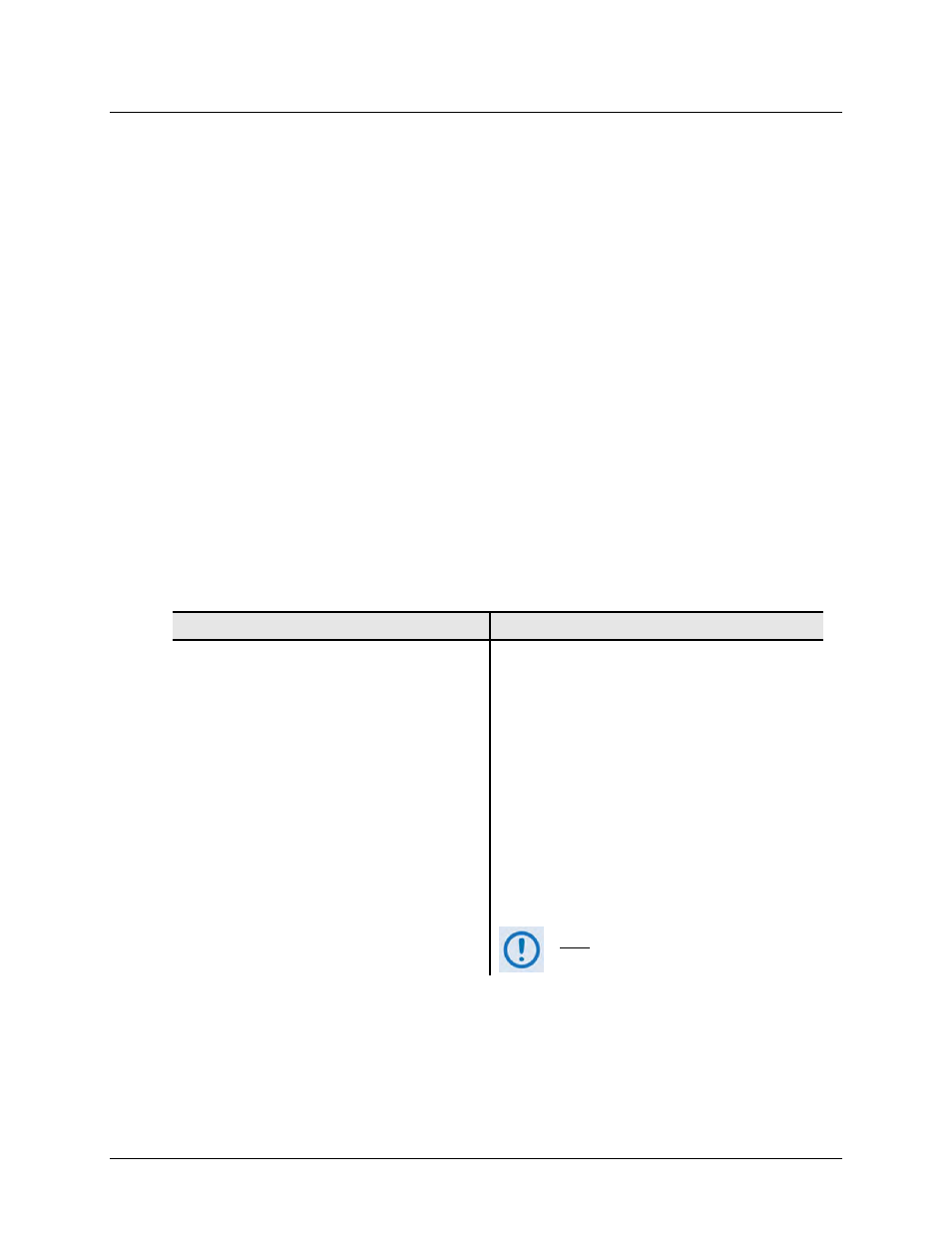B.3 sequential – Comtech EF Data CDM-625A User Manual
Page 539

CDM-625A Advanced Satellite Modem
MN-CDM625A
Appendix B
Revision 3
B–3
B.3
Sequential
Although the method of convolutional coding and Sequential decoding appears to be very similar
to the Viterbi method, there are some fundamental differences. To begin with, the convolutional
encoder is said to be systematic – it does not alter the input data, and the FEC overhead bits are
simply appended to the data. Furthermore, the constraint length k is much longer (Rate 1/2, k=36.
Rate 3/4, k= 63. Rate 7/8, k=87). This means that, when the decoding process fails (i.e., when its
capacity to correct errors is exceeded), it produces a burst of errors which is in multiples of half
the constraint length. An error distribution is produced which is markedly different to that of a
Viterbi decoder; this gives rise to a pronounced threshold effect.
A Sequential decoder does not fail gracefully – a reduction in Eb/No of just a few tenths of a dB
can make the difference between acceptable BER and a complete loss of synchronization. The
decoding algorithm itself, called the Fano algorithm, uses significantly more path memory – 4 kbps
in this case – than the equivalent Viterbi decoder, giving rise to increased latency. Furthermore, a
fixed computational clock is used to process input symbols and to search backwards and forwards
in time to determine the correct decoding path.
At lower data rates there are sufficient number of computational cycles per input symbol to
permit the decoding process to perform optimally. However, as the data rate increases, there are
fewer cycles available, leading to a reduction in coding gain. This is clearly illustrated in the
performance curves that follow. For data rates above ~1 Mbps, Viterbi should be considered the
better alternative; the practical upper limit in this implementation is 2.048 Mbps.
Table B-2. Sequential Decoding Summary
FOR
AGAINST
Higher coding gain (1-2 dB) at lower data rates,
compared to Viterbi.
•
Pronounced threshold effect – does not fail
grace-fully in poor Eb/No conditions.
•
Higher processing delay than Viterbi (~4 k bits)
– not good for low-rate coded voice.
•
Upper data rate limit 2.048Mbps
•
Coding gain varies with data rate – favors
lower data rates.
•
Much higher coding gain possible with other
methods.
NOT RECOMMENDED FOR NEW
LINKS!